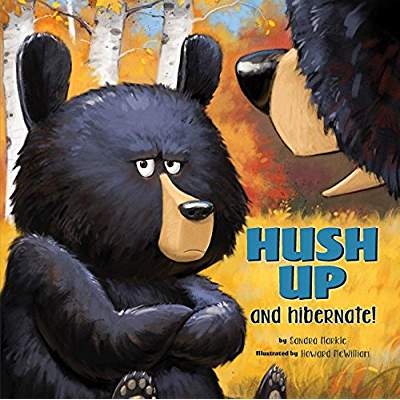
It's time for ENDANGERED SPECIES DAY
Sadly many species (kinds) of bats are endangered.
But they are really worthy of our appreciation
SO.....
To get to know bats better check out the books I've written about bats...so far. I bet there will be more!About the biggest and littlest bats...and bats with really big or little features that help them thrive.The "true" story of how an orphaned baby bat is adopted by a new mother. Mexican free-tailed bats really do adopt orphaned babies. All about bats and how their bodies are amazingly built for flight.Why these little bats are in trouble--plus how scientists are working to help bats survive.
Of course, I've also tucked bats into three more books. Look inside these to find the bats!
NOW have some batty fun!
Visit My Cave
What's it like to live like a bat?
FIND OUT!
Cover a table on three sides with a blanket or paper to create a cave. Have your family or a group of friends crawl inside your pretend cave with you. While you're there with this group, think about these questions.
WHAT DO YOU THINK!?
1. Why is a cave a good home for small bats, like Mexican Free-tailed Bats?
2. Why do you think big bats, like Grey-Headed Flying Foxes, camp out in the open in trees instead of in caves?
3. What are some problems to sharing a cave with other bats?
What Good Are Bats?
 |
| Check out the hand-like structure of a bat's wings. |
Try this to find out!
Take a large bowl of popcorn kernels to the gym or outdoors to a paved area of the playground. Scatter 50 popped kernels on the floor or ground. Count to ten. Then have people dash around placing two more popcorn kernels next to each original kernel. This is as if the insect pests have multiplied.
Now pretend you are an insect-hunting bat. Have four others pretend they are too. While someone counts to five, have each “bat” pick up all of the insects (popcorn) they can carry. Then have other children place two popcorn kernels next to each remaining kernel.
Repeat these steps two more times, having “bats” collect “insects”. Then have the remaining “insects” multiply.
WHAT DO YOU THINK!?
1. How much of an effect did the “bats” have on the “insect” population?
2. What limited how much of an effect the bats could have on the insects?
3. What do you think would happen to populations of insect pests if there weren’t any bats?






























































